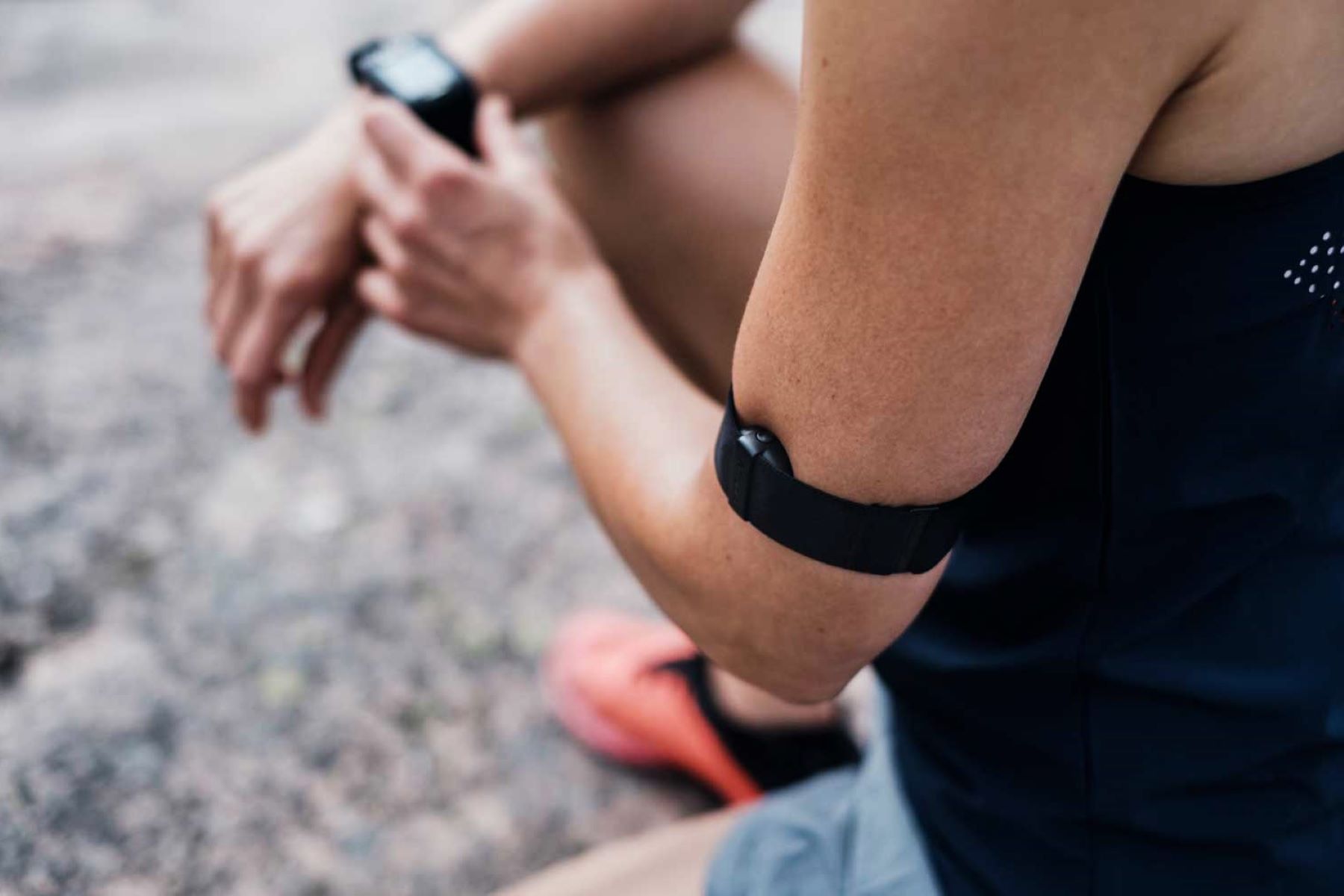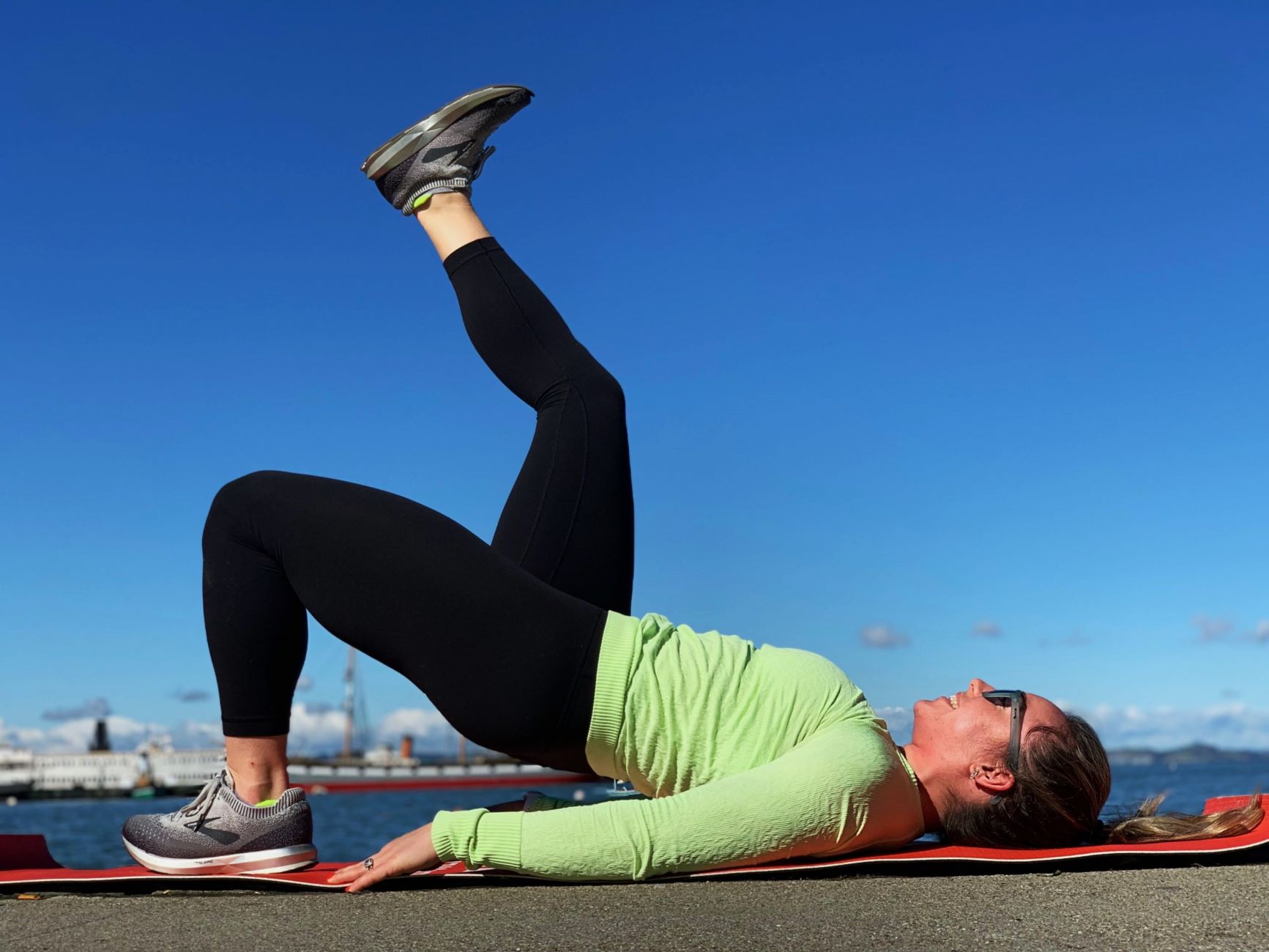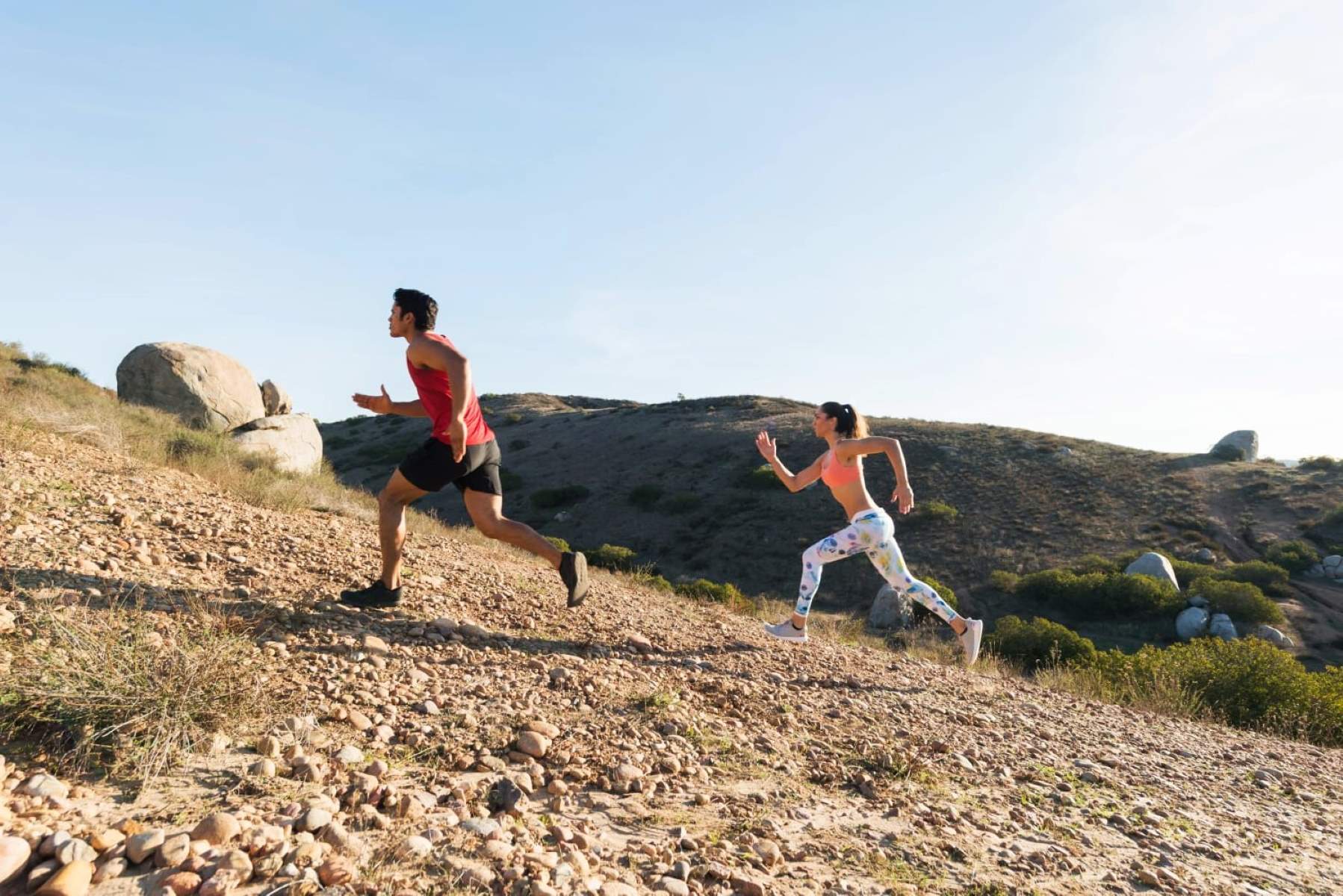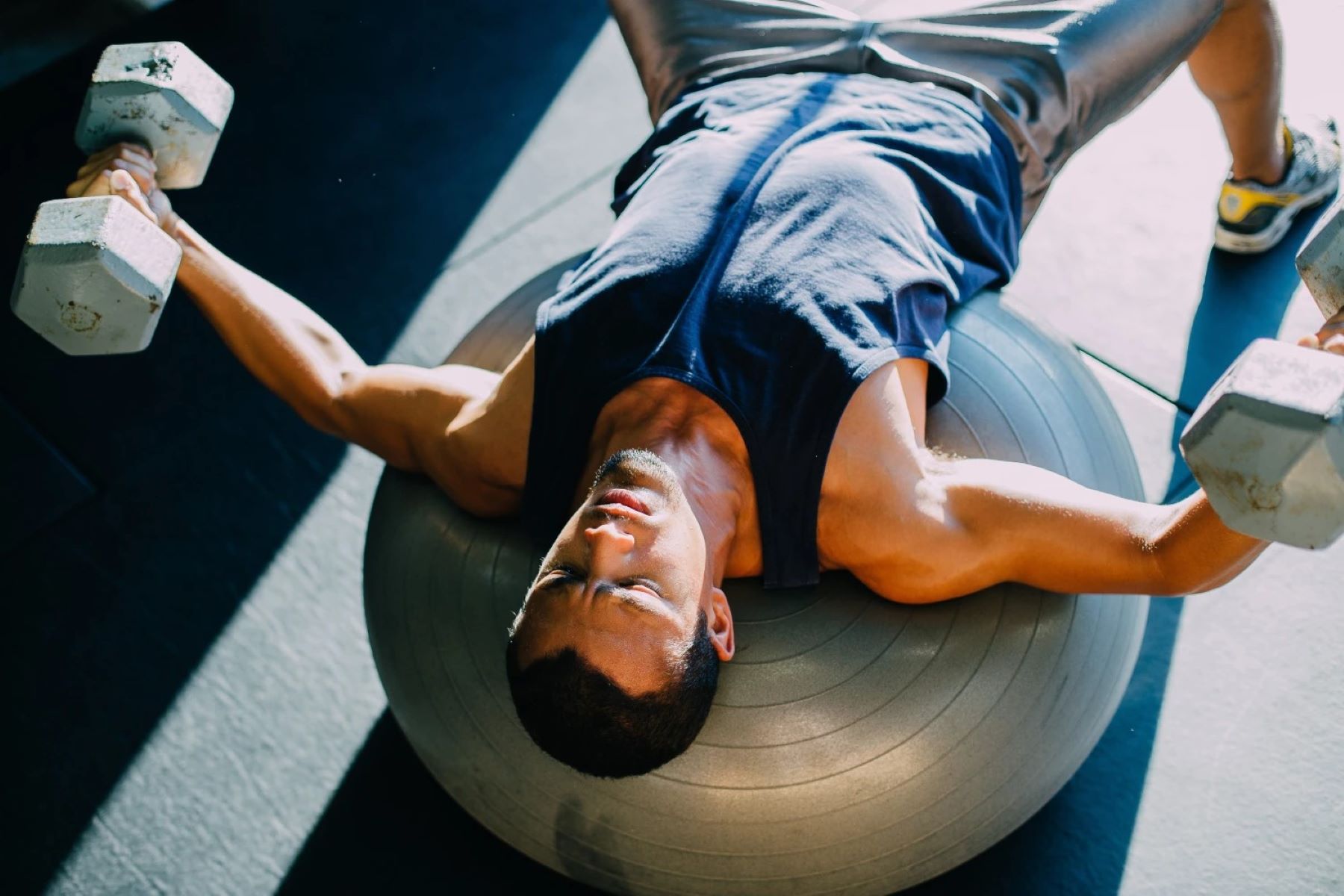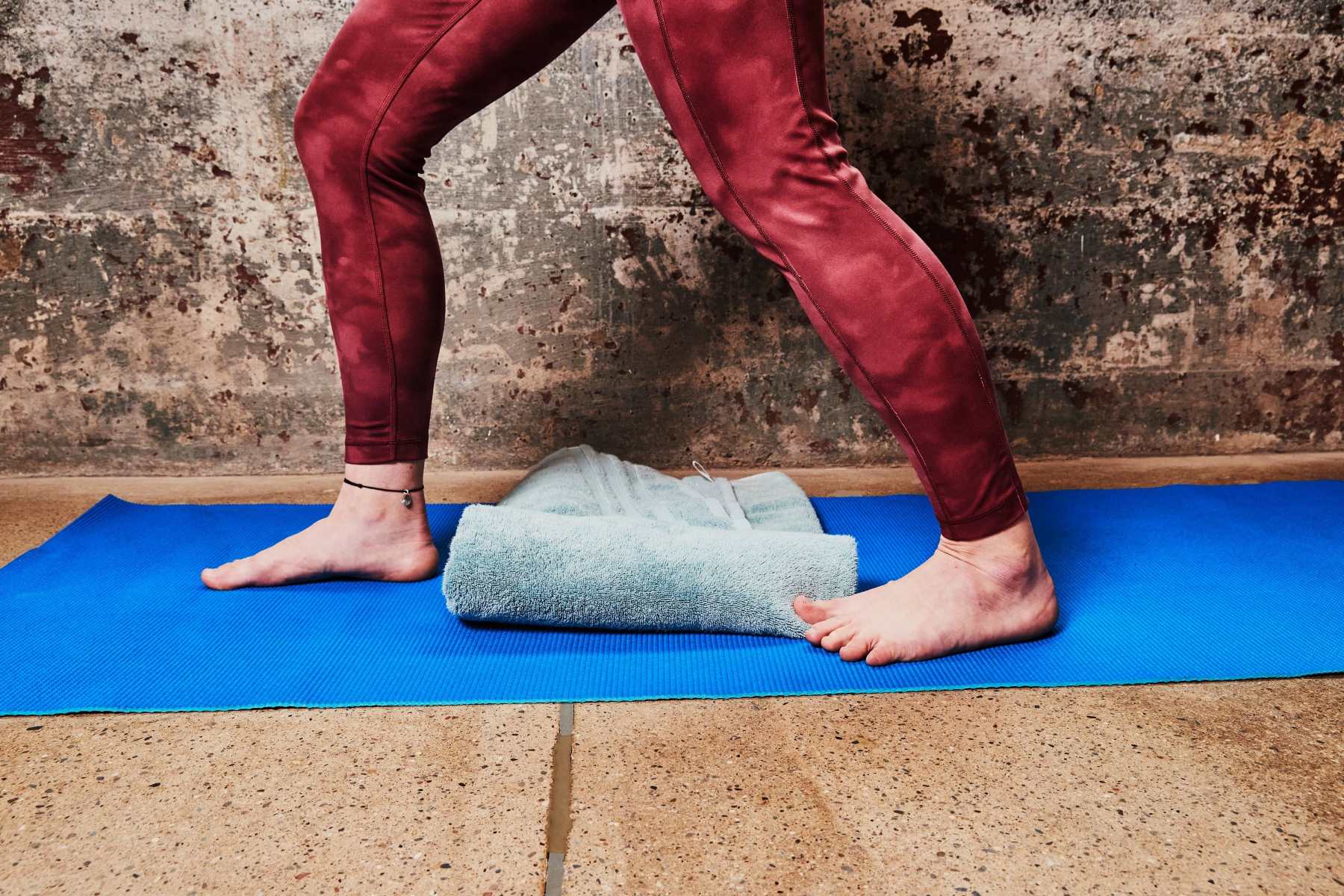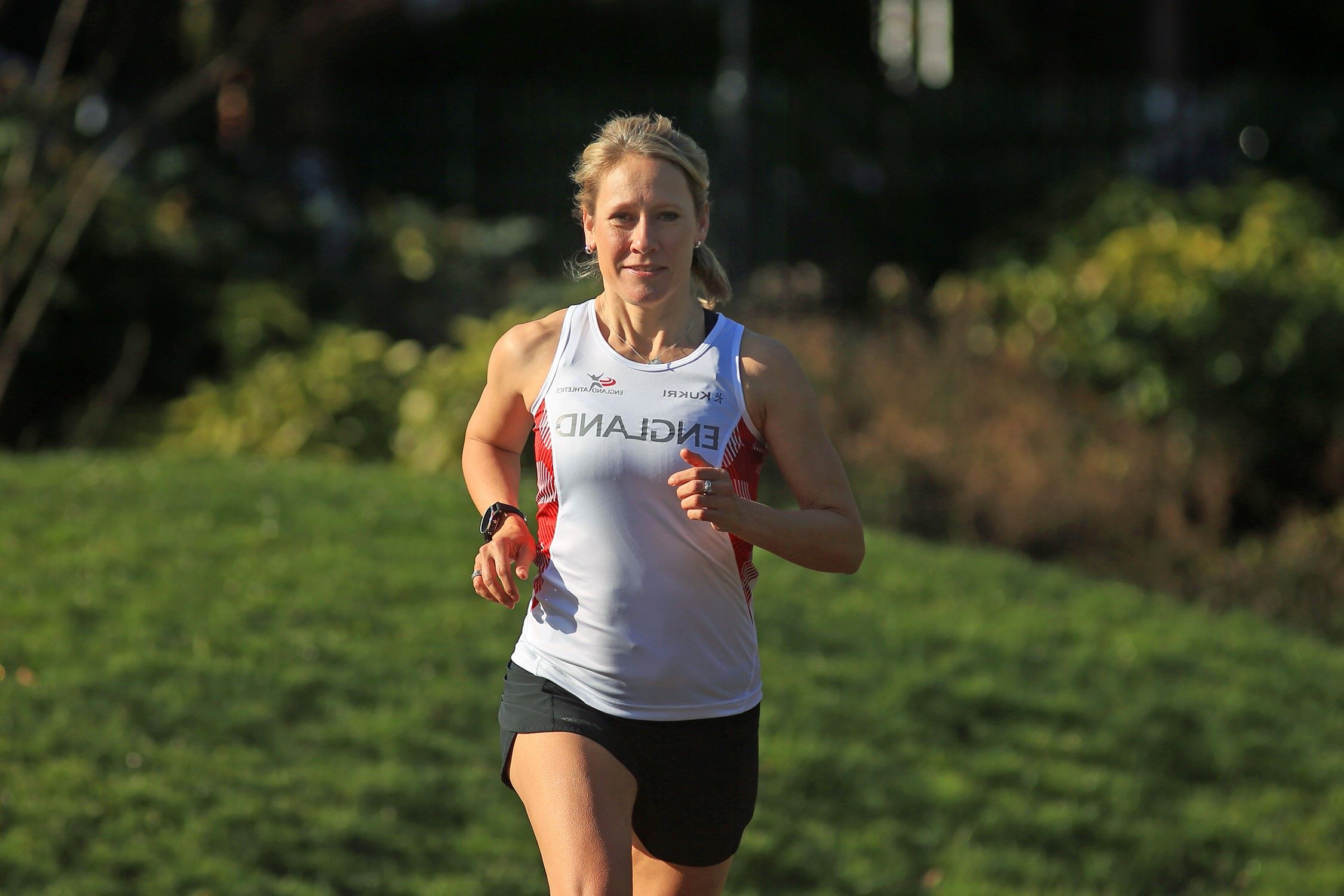Home>Training & Techniques>The Power Of Tiptoeing: Enhancing Running Strength
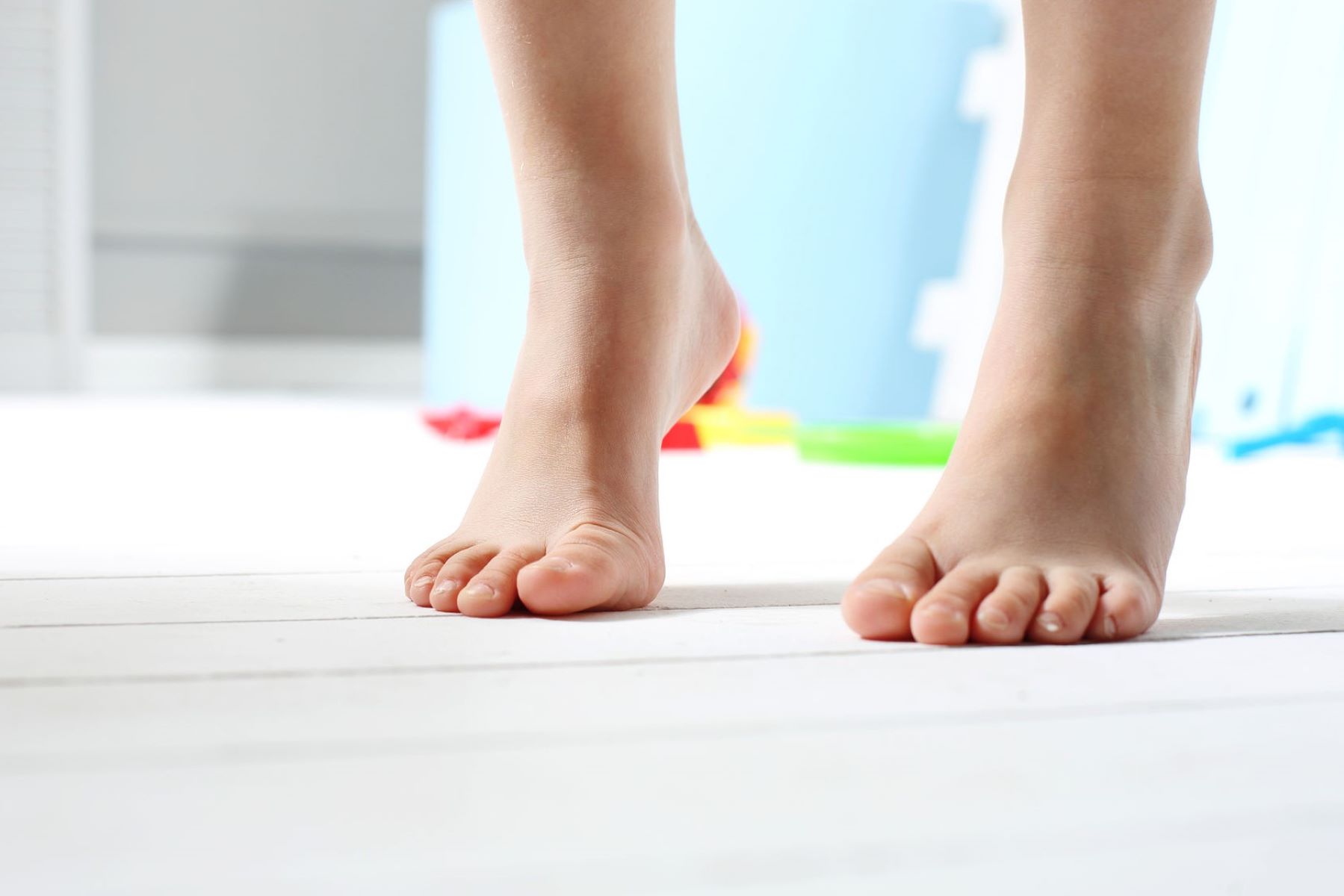

Training & Techniques
The Power Of Tiptoeing: Enhancing Running Strength
Published: February 29, 2024
Discover effective training and techniques to enhance running strength with the power of tiptoeing. Unlock your full potential and improve your performance today.
(Many of the links in this article redirect to a specific reviewed product. Your purchase of these products through affiliate links helps to generate commission for Therunningadvisor.com, at no extra cost. Learn more)
Table of Contents
Introduction
Running is a popular form of exercise that offers numerous physical and mental benefits. Whether you're a seasoned marathon runner or someone who enjoys a leisurely jog in the park, enhancing running strength is a common goal for many individuals. While traditional running techniques focus on the utilization of the entire foot, there's a lesser-known method that can significantly contribute to improving running strength: tiptoeing.
Tiptoeing, often associated with quiet and cautious movements, may seem counterintuitive when it comes to running. However, this technique involves running on the balls of the feet, which can engage different muscles and enhance overall running strength. By understanding the mechanics, benefits, and proper incorporation of tiptoeing into your running routine, you can unlock a new dimension of running prowess and elevate your performance to new heights.
In the following sections, we will delve into the mechanics of tiptoeing, explore the benefits it offers for running strength, discuss how to seamlessly integrate it into your running routine, and highlight important precautions and considerations to ensure a safe and effective experience. Whether you're a casual runner looking to improve your stamina or a competitive athlete aiming to gain an edge, the power of tiptoeing may hold the key to unlocking your full running potential.
Understanding the Mechanics of Tiptoeing
Tiptoeing, as the name suggests, involves running on the balls of the feet, with minimal contact with the ground. Unlike traditional running, where the entire foot comes into contact with the ground, tiptoeing shifts the focus to the forefoot and toes. This subtle adjustment in foot positioning can have a profound impact on the mechanics of running and the muscles engaged during the activity.
When tiptoeing, the body naturally leans forward, promoting a more efficient and dynamic running posture. This forward lean engages the calf muscles, particularly the gastrocnemius and soleus, to a greater extent than traditional running. These muscles play a crucial role in propelling the body forward and absorbing the impact of each stride. By relying on the calf muscles, tiptoeing reduces the reliance on the quadriceps and hamstrings, redistributing the workload and potentially alleviating strain on these muscle groups.
Furthermore, tiptoeing encourages a shorter stride length and a higher cadence, leading to a quicker turnover of steps. This rapid turnover not only enhances speed but also minimizes ground contact time, reducing the risk of overstriding and associated injuries. The increased cadence also promotes a more efficient running gait, allowing for smoother transitions between strides and optimizing energy expenditure.
In addition to the mechanical adjustments, tiptoeing fosters a heightened sense of proprioception and balance. The reduced surface area in contact with the ground necessitates greater stability and control, prompting the body to engage smaller, stabilizing muscles in the feet and ankles. This enhanced proprioceptive feedback can contribute to improved overall coordination and agility, factors that are invaluable in running, especially on varied terrain.
Understanding the mechanics of tiptoeing provides insight into the subtle yet impactful changes it introduces to the running process. By capitalizing on the engagement of different muscle groups, the optimization of running posture, and the enhancement of proprioceptive awareness, tiptoeing offers a unique approach to strengthening running capabilities and unlocking untapped potential.
Benefits of Tiptoeing for Running Strength
Tiptoeing, when incorporated into a running routine, offers a myriad of benefits that can significantly enhance running strength and overall performance. By embracing this technique, runners can tap into a new realm of physical advantages that extend beyond traditional running practices. Here are the key benefits of tiptoeing for running strength:
-
Muscle Engagement: Tiptoeing places a heightened emphasis on the calf muscles, particularly the gastrocnemius and soleus. These muscles are pivotal in generating propulsive force during running, and by actively engaging them through tiptoeing, runners can strengthen these muscle groups, leading to improved power and endurance. Additionally, the activation of the calf muscles can contribute to a more explosive push-off with each stride, enhancing overall running efficiency.
-
Injury Prevention: Tiptoeing encourages a shorter stride length and a quicker turnover of steps, which can reduce the risk of overstriding and associated injuries. By minimizing ground contact time and promoting a more compact running gait, tiptoeing helps mitigate the impact forces transmitted through the lower extremities, potentially lowering the risk of common running injuries such as shin splints and stress fractures.
-
Enhanced Proprioception: The reduced surface area in contact with the ground during tiptoeing necessitates greater stability and balance. This prompts the body to engage smaller, stabilizing muscles in the feet and ankles, leading to improved proprioceptive feedback. Heightened proprioception can enhance overall coordination and agility, crucial elements for navigating uneven terrain and maintaining stability during dynamic movements.
-
Efficient Running Posture: Tiptoeing naturally promotes a forward lean, which encourages a more efficient running posture. This forward lean aligns the body in a manner that optimizes the utilization of the calf muscles while minimizing excessive strain on the quadriceps and hamstrings. The resulting mechanical adjustments can lead to a smoother, more energy-efficient running stride, ultimately enhancing running strength and endurance.
-
Dynamic Adaptation: Incorporating tiptoeing into a running routine introduces a dynamic adaptation that challenges the body in new ways. By diversifying the muscle groups engaged and the movement patterns executed, runners can break through plateaus and stimulate continuous improvement in running strength and overall performance.
By harnessing these benefits, runners can elevate their running strength, improve their running economy, and reduce the likelihood of certain overuse injuries. Tiptoeing serves as a valuable addition to a runner's toolkit, offering a unique approach to enhancing running capabilities and unlocking untapped potential.
Incorporating Tiptoeing into Your Running Routine
Incorporating tiptoeing into your running routine can be a transformative step towards enhancing your running strength and overall performance. To seamlessly integrate this technique, it's essential to approach it with mindfulness and gradual progression. Here's a comprehensive guide to effectively infuse tiptoeing into your running regimen:
1. Gradual Transition
Begin by gradually introducing tiptoeing into your runs. Start with short bursts of tiptoeing, interspersed with regular running, to allow your body to adapt to the new mechanics. This gradual transition can help prevent muscle fatigue and minimize the risk of overuse injuries as your muscles acclimate to the altered running posture.
2. Focus on Form
Concentrate on maintaining proper form while tiptoeing. Ensure that your body remains aligned, with a slight forward lean, to effectively engage the calf muscles. Pay attention to your foot strike, aiming to land softly on the balls of your feet with each stride. By prioritizing form, you can maximize the benefits of tiptoeing while minimizing the potential for strain or discomfort.
3. Integrate into Training Sessions
Incorporate tiptoeing into specific segments of your training sessions. For example, during interval training, incorporate tiptoeing sprints to capitalize on the enhanced muscle engagement and dynamic adaptation offered by this technique. By integrating tiptoeing into targeted training segments, you can leverage its benefits while maintaining a balanced approach to your overall running routine.
4. Listen to Your Body
Pay close attention to how your body responds to tiptoeing. Be mindful of any signs of muscle fatigue or discomfort, and adjust the duration and intensity of tiptoeing accordingly. It's important to strike a balance between challenging your body and allowing for adequate recovery to prevent overexertion and potential injury.
5. Track Progress
Monitor your progress as you incorporate tiptoeing into your running routine. Pay attention to changes in running strength, endurance, and overall performance. By tracking your progress, you can gain valuable insights into the impact of tiptoeing on your running capabilities and make informed adjustments to optimize its integration into your routine.
By embracing these strategies, you can seamlessly infuse tiptoeing into your running routine, unlocking its potential to enhance running strength and elevate your overall performance. With mindful implementation and a focus on gradual progression, tiptoeing can become a valuable addition to your running toolkit, offering a unique approach to maximizing your running prowess.
Precautions and Considerations for Tiptoeing in Running
As with any adjustment to running technique, incorporating tiptoeing into your running routine requires careful consideration and an awareness of potential precautions. While tiptoeing offers a range of benefits for enhancing running strength, it's important to approach this technique with mindfulness and attentiveness to certain factors that can impact your running experience. Here are key precautions and considerations to keep in mind when integrating tiptoeing into your running regimen:
1. Gradual Progression
When adopting tiptoeing, it's crucial to emphasize gradual progression. Abruptly transitioning to a predominantly tiptoeing-based running style can place excessive strain on the calf muscles and Achilles tendon, potentially leading to overuse injuries. By gradually increasing the duration and intensity of tiptoeing segments in your runs, you allow your muscles and connective tissues to adapt and strengthen gradually, reducing the risk of strain or injury.
2. Footwear Selection
The type of footwear you choose can significantly impact your experience with tiptoeing. Running shoes with a lower heel-to-toe drop and a more minimalist design can complement tiptoeing by facilitating a natural foot strike and promoting engagement of the calf muscles. However, it's essential to transition to minimalist footwear gradually to allow your feet and lower leg muscles to adjust to the altered running mechanics.
3. Monitoring Muscle Fatigue
As you integrate tiptoeing into your running routine, pay close attention to signs of muscle fatigue in the calves and feet. Tiptoeing places increased demand on these muscle groups, and persistent fatigue or discomfort may indicate the need to adjust the duration or frequency of tiptoeing segments. Listening to your body and allowing for adequate recovery can help prevent overexertion and reduce the risk of overuse injuries.
4. Balance with Traditional Running
While tiptoeing can offer unique benefits for enhancing running strength, it's important to maintain a balanced approach by incorporating traditional running techniques into your routine. Balancing tiptoeing with regular running allows for variation in muscle engagement and reduces the potential for overloading specific muscle groups. By alternating between tiptoeing and traditional running, you can optimize the overall impact on your running strength and endurance.
5. Consultation with a Professional
If you have existing lower limb or foot conditions, or if you're new to running, seeking guidance from a sports medicine professional or a running coach can provide valuable insights into the safe integration of tiptoeing into your running routine. A professional can assess your gait, biomechanics, and individual considerations to offer tailored recommendations for incorporating tiptoeing while minimizing the risk of injury.
By acknowledging these precautions and considerations, you can approach the integration of tiptoeing into your running routine with informed awareness and a focus on mitigating potential risks. With a mindful approach and attention to these factors, tiptoeing can become a valuable tool for enhancing running strength while promoting a safe and sustainable running experience.


